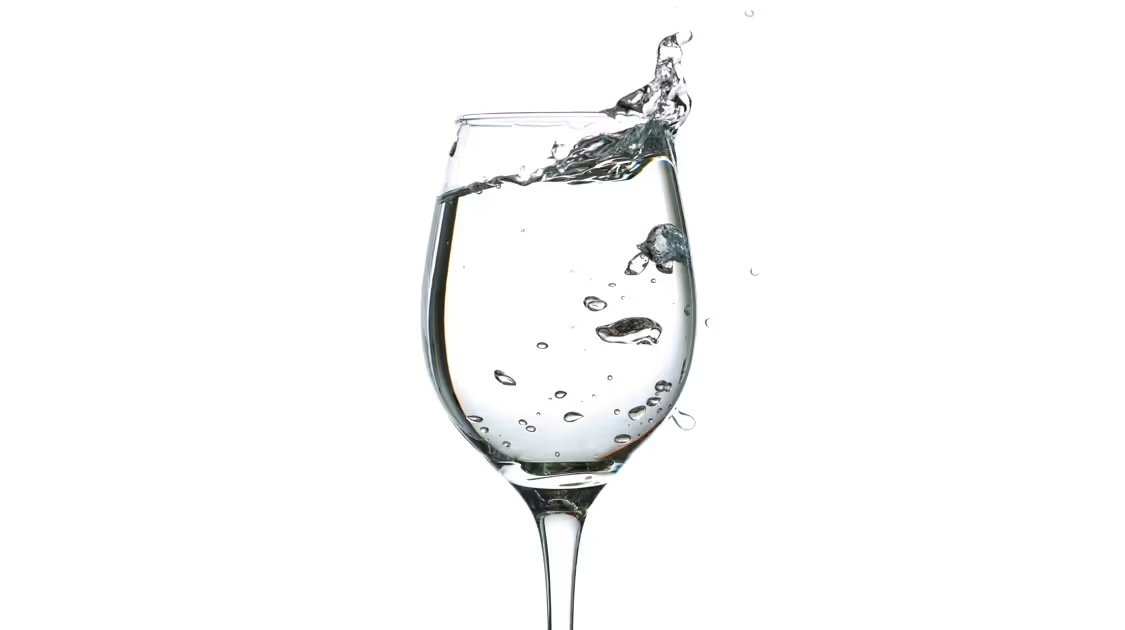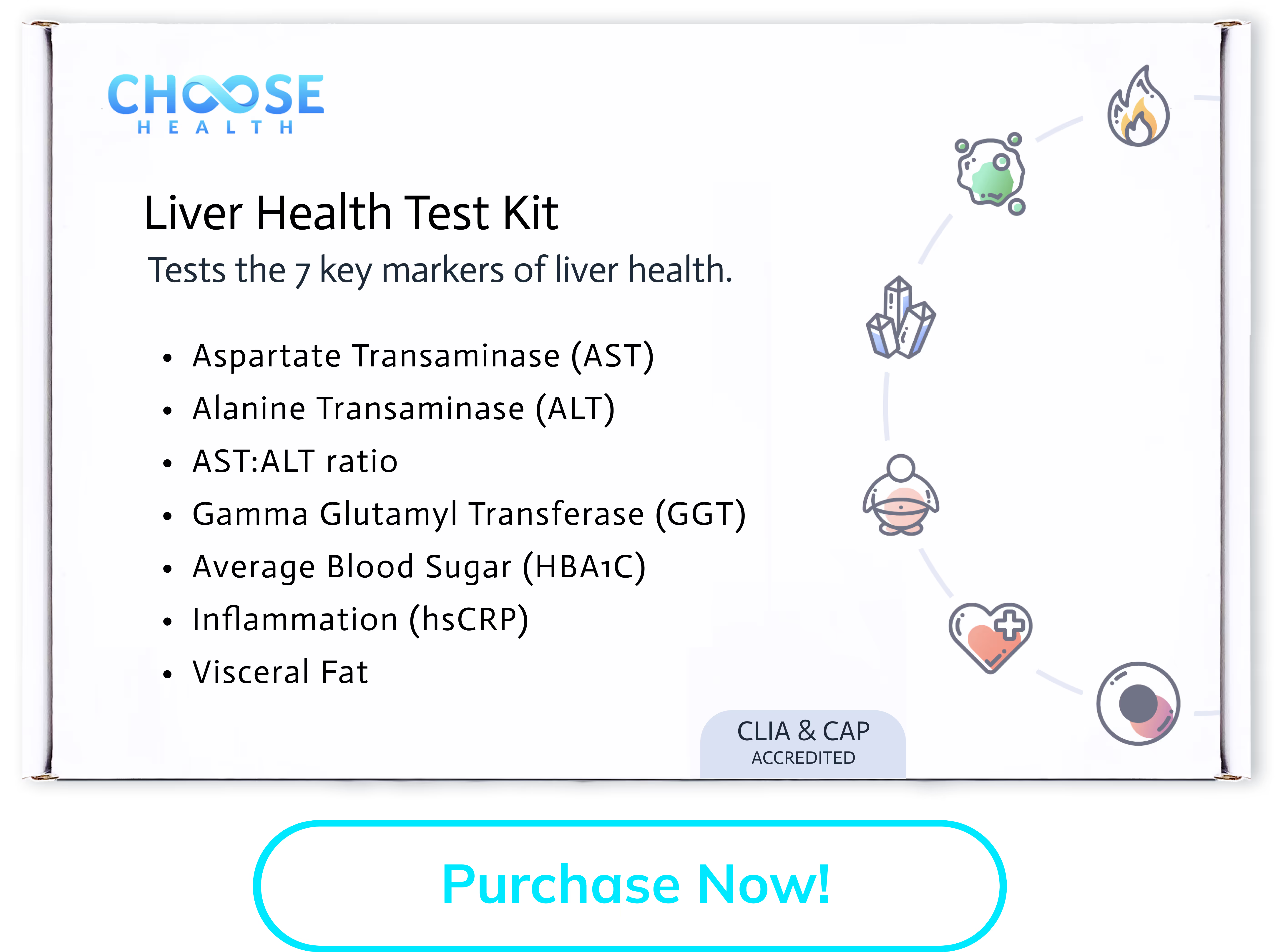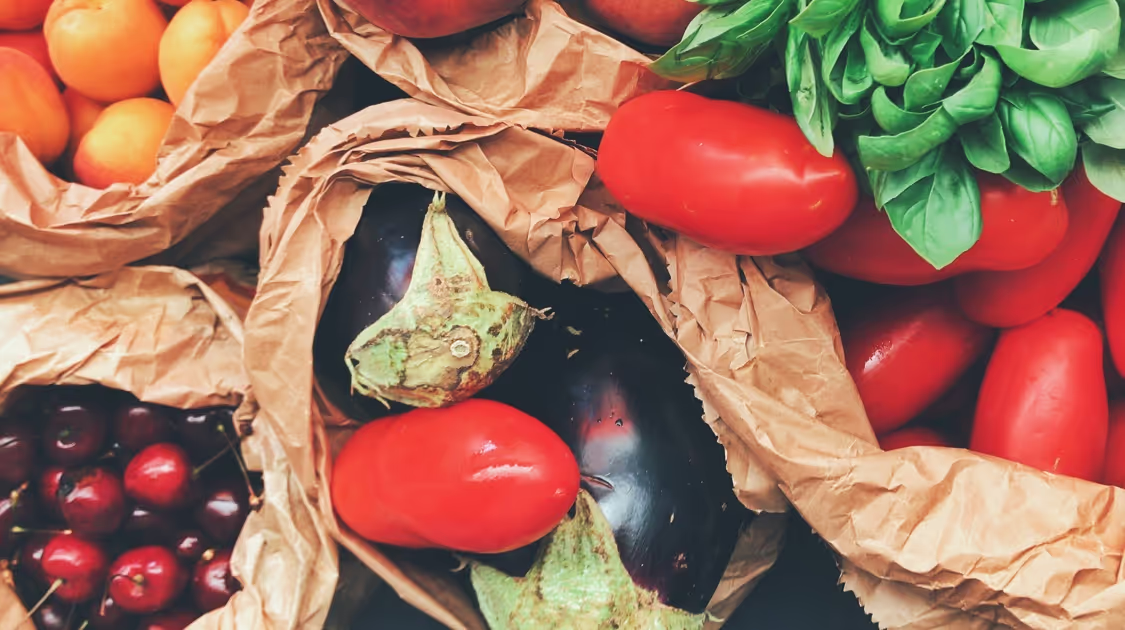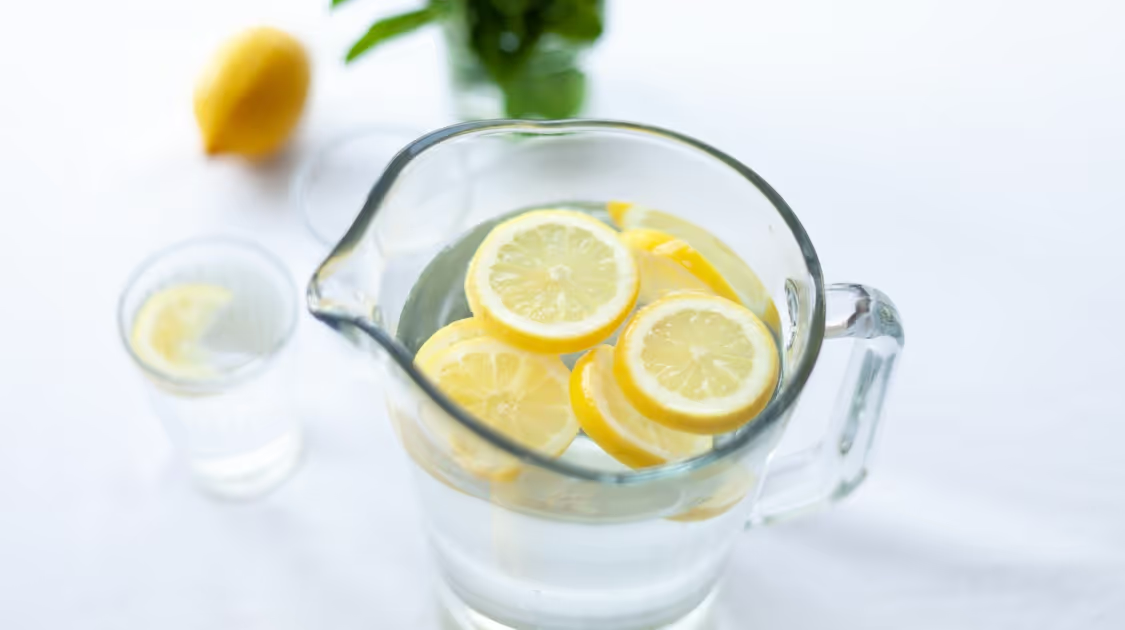Drinking

Diet Behaviors
Exercise Behaviors
Lifestyle Behaviors
Understanding The Health Effects of Drinking
Alcohol use is a leading risk factor for global disease burden and causes substantial health loss. (1)
Heavy drinking has been shown to have the greatest risk factor for the Oral Cavity and Esophagus in Males and the Liver, Oral Cavity and Esophagus in Females (3)
The alcohol or ethanol content found in most alcoholic drinks is a colorless, flammable liquid that is produced by naturally fermenting sugars in grapes, apples, grains etc. Ethanol is metabolized into acetaldehyde in the body, which is listed as a group 1 carcinogen by the International Agency for Research on Cancer (IARC).
Once alcohol reaches the bloodstream, it goes to the liver to be processed or metabolized. The liver produces enzymes that break down the alcohol molecules. When someone is drinking alcohol particularly quickly, the liver cannot process all the alcohol at the same rate, so it remains in the body. The brain, stomach and pancreas also metabolize the excess alcohol in the body.
What does the Science Say?
Reducing Alcohol Consumption
Much has been written about the potential health benefits of moderate drinking. However, a recent study funded by the Bill & Melinda Gates foundation found that the optimal number of alcoholic drinks to minimize harm is zero.
Recommended books:
- This Naked Mind: Control Alcohol: Find Freedom, Rediscover Happiness & Change Your Life by Annie Grace
- The Unexpected Joy of Being Sober by Catherine Gray
- Easy Way to Control Alcohol by Alan Carr
Test your Liver Health today!

Other Behaviors
References
1) https://www.thelancet.com/journals/lancet/article/PIIS0140-6736(18)31310-2/fulltext?dom=prime&src=syn
2) https://pubs.niaaa.nih.gov/publications/assessingalcohol/biomarkers.htm
3) https://pubs.niaaa.nih.gov/publications/arh25-4/263-270.htm

















